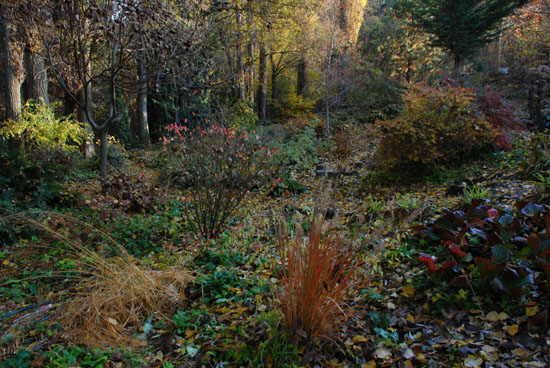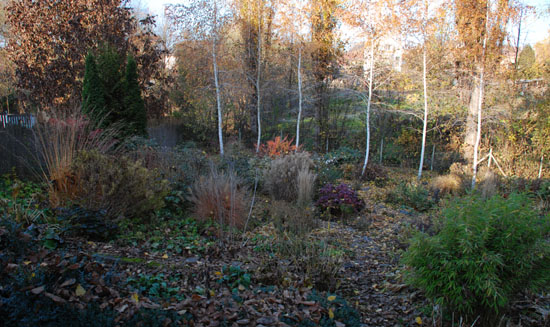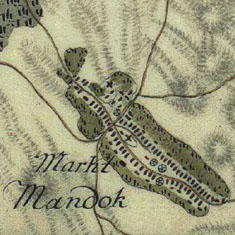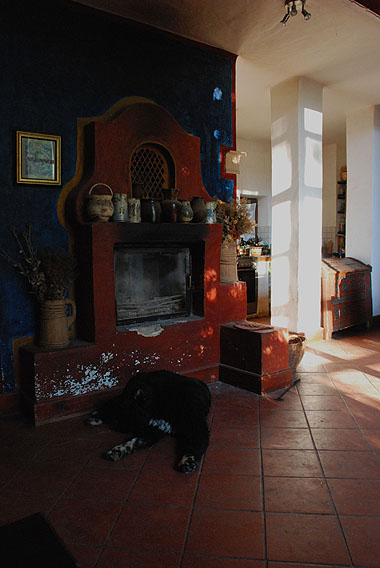
Tuesday, December 27, 2011
Saturday, December 24, 2011
Wish you a blessed Christmas and Happy New Year!

"Blessed be the Lord God of Israel, for he has looked favorably on his people and redeemed them. He has raised up a mighty savior for us in the house of his servant David, as he spoke through the mouth of his holy prophets from of old, that we would be saved from our enemies and from the hand of all who hate us. Thus he has shown the mercy promised to our ancestors, and has remembered his holy covenant, the oath that he swore to our ancestor Abraham, to grant us that we, being rescued from the hands of our enemies, might serve him without fear, in holiness and righteousness before him all our days. And you, child, will be called the prophet of the Most High; for you will go before the Lord to prepare his ways, to give knowledge of salvation to his people by the forgiveness of their sins. By the tender mercy of our God, the dawn from on high will break upon us, to give light to those who sit in darkness and in the shadow of death, to guide our feet into the way of peace." (Luke 1:68-79)
Wednesday, December 21, 2011
Tuesday, December 13, 2011
Say Merry Christmas
This American video friendly and cheerfully calls our attention amidst the great Christmas business to the fact that Christmas is the feast of the birth of Jesus Christ: "Words are chosen every year to hide it's Christmas the reason for our holiday... Come and stand out from the crowd, say Merry Christmas and be proud, Christmas isn't just another holiday."
If it's important for you that Christmas be Christmas, spread this video. The original source is here: Say Merry Christmas.
Sunday, December 4, 2011
Old grape varieties
The approaching Christmas reminded me of the grape with rum my grandfather used to prepare for every Christmas. He filled a jar with large grapes, and filled it first with sugar, then with rum. Then we put it on the top of the cupboard and opened it on Christmas evening. He usually used the grape sorts “Goat’s udder” or “Queen of vineyards” for this, or “Muscat of Hamburg” for a dark version.

I thought I’d see if any of these varieties are now available, and I am glad to have found a number of internet stores where they sell many old sorts of grapes:
János Kovács vine and graft nursery, Gyöngyös – also selling varieties recommended for bio production
Dessert grape store – They sell both dessert and vine grape, including some which can be grown without spraying. Their photos are beautiful, so you are recommended to check them even if you did not want to grow vine – at least until then, because they will make you wish to do so.
Dessert grape and graft center, Abasár – They also sell vine grapes and resistant varieties.
If you know more shops or you have more experiences in this topic, you’re welcome to share them!
Labels:
alternative fruits,
nurseries,
recipes,
winter
Friday, December 2, 2011
Molinia arundinacea 'Zuneigung' és 'Karl Foerster'
Tomorrow I want to cut back the perennials and the herbs at least in the upper part of the garden, so today I made a quick last picture of it.

In the middle there is a Molinia arundinacea 'Zuneigung'. I have just checked back – this is possible with Gaissmayer –, I ordered it from them in the spring of 2008. At that time it came in a 11 cm pot. In Hungary unfortunately you cannot buy this sort, but the 'Karl Foerster' – which is not this bending, but equally beautiful – is cultivated both by Hegede and Mocsáry nurseries. You may want to try it in any garden with at least as much irrigation that the soil never gets dry for a long period in the summer.
Sunday, November 20, 2011
Side and reverse
Thursday, November 10, 2011
Fifteen years

Today around noon I planted before the large Sieboldiana Hostas at the walnut tree four small yellow Hostas. And with this, in all the points of the garden there is a plant which I consider good.

It took fifteen years to arrive at this point. In 1996 we planted the first trees around this day.

This is a very good feeling. But it is not like I thought fifteen years ago it would be. I do not feel that I made my little paradise on earth. But rather that I did this job, I solved this task.

Sunday, November 6, 2011
Wednesday, November 2, 2011
Up the hill



Monday, October 31, 2011
Grasses wintered
Now really do click on the picture, because it just really lives like that.


Our grasses are in full glory now. To the right, two Molinias which are beautifully colored in the autumn, a Pennisetum, and a Miscanthus which has not yet reached its total size, one of the few varieties that have beautiful fall color. I see in many gardens that they have already bound their grasses. However, a grass is either hardy at us (Z5: most Miscanthuses, Pennisetum, Molinia), and then there is no problem with it, or not (Z6, Z7: pampa-grass), and then a cold winter will anyway damage or kill it. So binding has no real effect apart from seriously damaging the plant…
A rainy afternoon
Wednesday, October 19, 2011
Sunday morning

Early Sunday morning, the sun just starts to shine in. On the days when it is too cold to drink my tea and pray in the garden, I sit on this bench and watch the garden from here.

This is what I see before me on this Sunday morning.


Opposite, the door to the garden.

This is what I see to the left. Between the two columns, a century old pine chest, and around the door, Afghan kilims. We bought them fifteen years ago in the Afghan carpet shop in Hajós street when nobody was interested in nomadic rugs yet. Probably they are the world’s cheapest nomadic carpet shop: some pieces are cheaper than on the spot, over there. It’s their secret how they do that.

Behind the gallery bar, our library.

The carpet to the left is made of a Qasqai camel foal hair rug and two Bakthiari flour sacks which I sewed together. The Qasqais and Bakhtiaris are two nomadic tribes in the western Iranian mountains, which, just like the other tribes in the area, produce fantastic hand-woven fabrics. We received them in Isfahan, in the bazaar, from the collection of Akbar Keshani with whom we spent a day and who asked us to take care of them as if he gave us his own children. The felt to the right was painted by me. If I remember well, it was in 1991 that we visited the exhibition of the ethnographic museum of Vienna on the carpets of an Afghan nomadic tribe. I wove for years, and I know a little bit about carpets. I was totally amazed by the incredibly high quality of their works. We spent several hours at the exhibition. Before exiting the room, we found a small table on the wall which explained that this tribe does not exist any more, they were destroyed during the war in Afghanistan. I made the felt in their memory, with a motif frequently used by them.

The beam of the gallery was carved by Tamás on the model of a mosque’s beam in Swat, a Northern Pakistani valley famous for its archaic wood carving. And the gallery bar was made by us and painted with medieval Armenian cross patterns.

This is the fireplace with the footprints left by Brumi. I usually repaint it every year after the heating season. I hope that I can do this year’s repainting next week.

The cabinets were found thrown out on the street in the seventh district twenty years ago, the straw hat is from the fair of Csíkszendomonkos/Sândominic in the Eastern Carpathians. The shawl on it from Southern India – Kerala –, where we were scanning medieval Syriac manuscripts in the jungle. The lute on the wall is a short-necked Afghan rubab used by one of our favorites, the Kurdish Kamkars Ensemble, formed by eight brothers. We bought it in the Istanbul Great Bazaar from Afghan merchants who, having seen how good owners of it we would be, gave it for a low price. The copy of a Serbian icon of the Christian Museum of Esztergom was made by Tamás’ sister for the inauguration of our house.

This is the front side of the cabinets found. I painted them over. On the right one there is, instead of a door, a woven katrinca from the archaic Hungarian group of Csángós living in Moldova. The table was made on the basis of Tamás’ designs by the same Northern Hungarian village carpenters who also made our roof, and it was painted by me.

And now the sun is finally out. Have a nice day everyone!
Sunday, October 9, 2011
Subscribe to:
Posts (Atom)



























